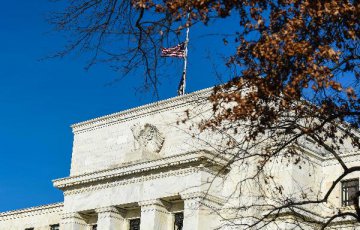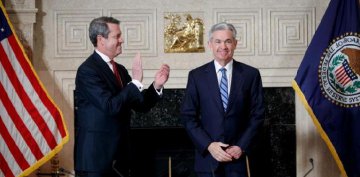A slightly weaker-than-expected inflation reading Wednesday makes it easier for the Fed to signal a rate cut at its meeting next week
Muted inflation may not count as a reason for the Federal Reserve to cut rates, but it sure makes cutting them an easier thing to do.
Consumer prices edged up in May from April, the Labor Department reported Wednesday, but fell short of expectations. Overall prices were up 1.8% from a year earlier versus the 1.9% economists polled by The Wall Street Journal had penciled in. Core prices, which exclude food and energy prices to better capture inflation’s trend, were up 2% on the year versus an expected gain of 2.1%.
The Fed’s preferred inflation measure runs a little cooler than the Labor Department gauge, so it likely fell short of the central bank’s 2% inflation target last month. Economists at Goldman Sachs, for example, estimate it was up just 1.4% overall, with the core up 1.5%.
That matters because the Fed policy makers lately have been more concerned about inflation falling shy of their target than in the past. They are in the midst of a continuing review of how they set policy. It seems likely to conclude the central bank should be more willing to err on the side of inflation being higher.
Even so, if the Fed wasn’t worried that global uncertainty and trade disputes were beginning to eat into U.S. growth, low inflation on its own wouldn’t count right now as a reason to cut rates—not with the stock market near record highs and the unemployment rate, even after last week’s disappointing jobs report, at its lowest level since 1969.
So Wednesday’s report probably didn’t move the needle much on whether the Fed will cut rates when it meets next week. As it stands, there probably hasn’t been quite enough evidence that the economy is at risk for it to immediately do so. That could change if, for example, Friday’s May retail sales report comes up short.
What low inflation does, however, is make it easier for the Fed next week to signal a possible rate cut at its July policy-setting meeting. Then, if evidence continues to suggest the economy is indeed facing headwinds, it has more cover to go ahead and pull the trigger.
Source: The Wall Street Journal






















Latest comments